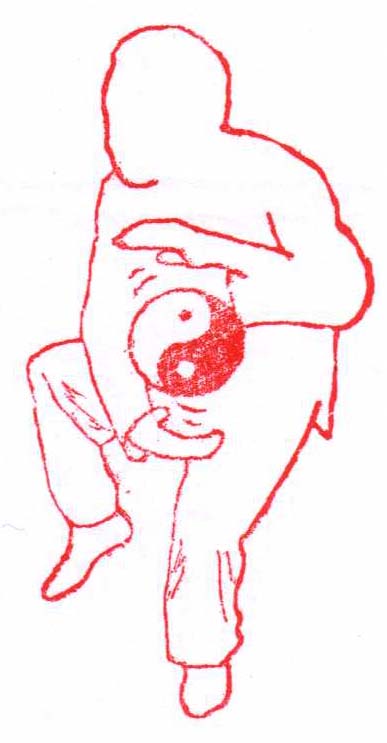Today's class was the Fabulous Picture-Taking Wu Wei/Yin Yang Axtravanganza, or FPTWWYYA as I like to call it. Try pronouncing THAT without getting tired...
Assignment that were due today: Just Circumlectio and to bring a digital camera, which I
failed at.
Assignments that were assigned today: Circumlectio with photos and to begin writing Taoism Essay #1.
And now to the main event! These are pictures that were taken during class by our Circumlectio group that we believed were examples of wu wei (actionless action) and yin and yang (opposites living in balance and harmony).
This is an example of Yin and Yang. Yin and Yang represent opposites who live in harmony with one another: hot and cold, light and dark, male and female, heaven and earth, or in this case, wet and dry. The water on the sidewalk doesn't go and attack the dry sidewalk. The dryness and wetness just passively lie next to each other, though the very different.
This photo here depicts the wonderful Troy Sinha planking in the Main Office of Good Counsel. He is displaying Wu Wei very nicely. To fight against the Tao and act assertively would be to stand up straight using your body strength to hold you upright on your feet. To act with wu wei would be to allow the Tao and gravity to pull you down until you comfortably lie on the ground.
This picture is an example of Yin and Yang. It is a patch of dirt and eartth in the middle of the grassy area some may refer to as the GC auditorium or "Aqua Theater". The dirt and grass, polar opposites, lie peacefully next to each other, defining each other.
This picture displays wu wai. It is a photo of a flag pole with the Maryland state flag and some other flag I do not recognize. Wu wei means to live passively in harmony with the Tao. These flags are flowing passively with the flow of the wind. This is a good symbol because a gentle breeze is a very good metaphor for the Tao and we are its flags, if we act like proper Taoists.
This is an example of the balance and symmetry between Yin and Yang. The tiles' colors are Yin or Yang, representing opposites balance harmoniously with each other. The goal for Taoists is for all creation to live with each other like these tiles.
Because of all these pictures, I'm assuming I don't need a picture or a connection of some sort, as these count as BOTH.












